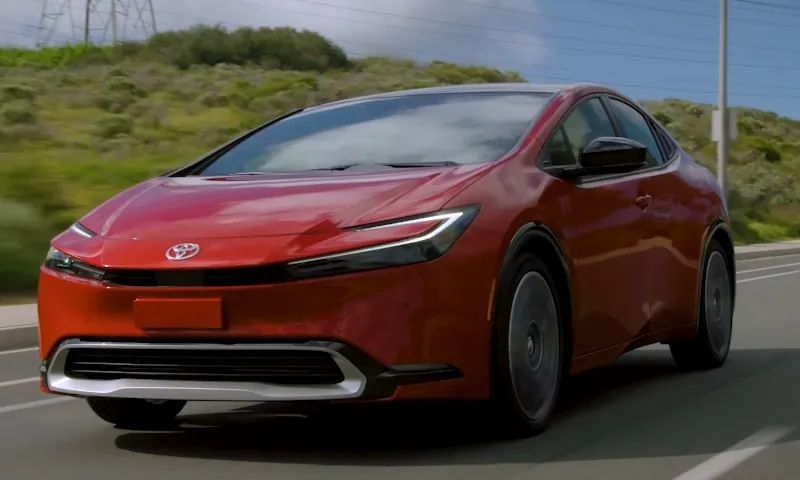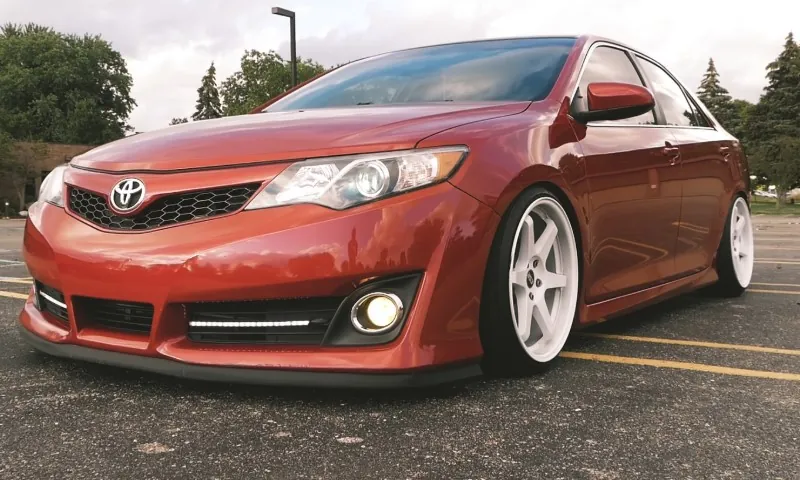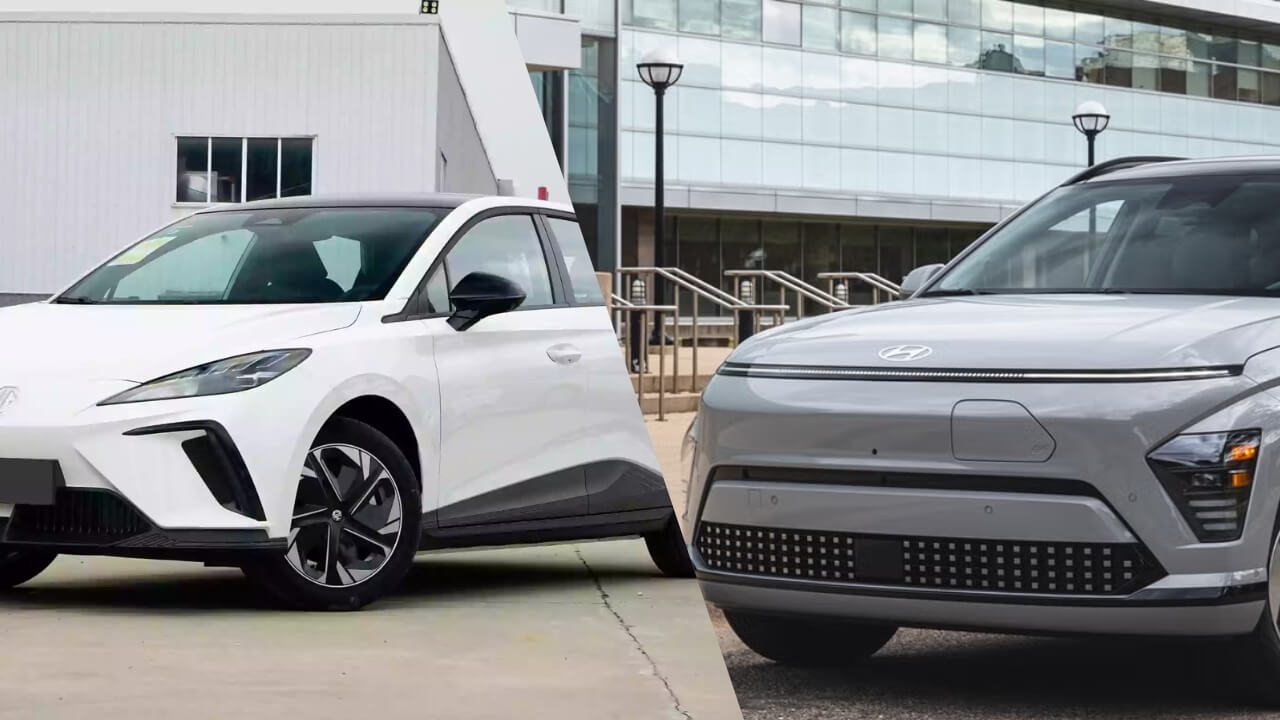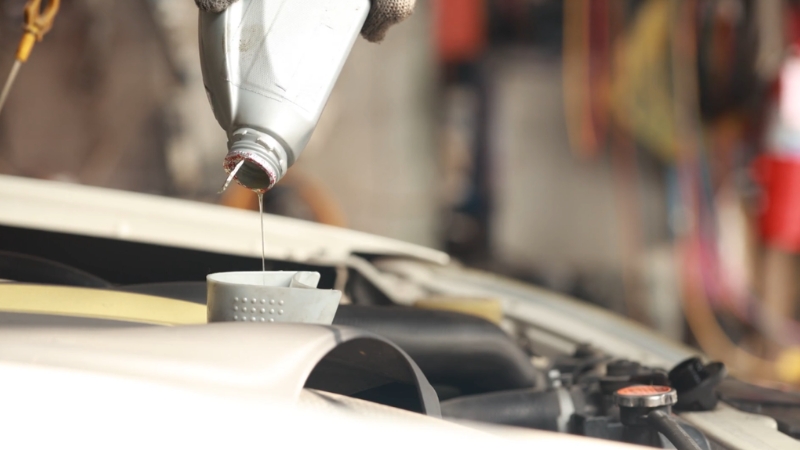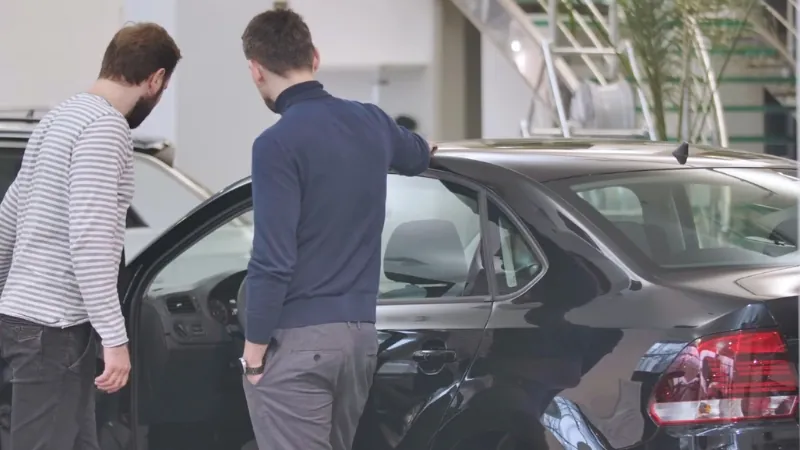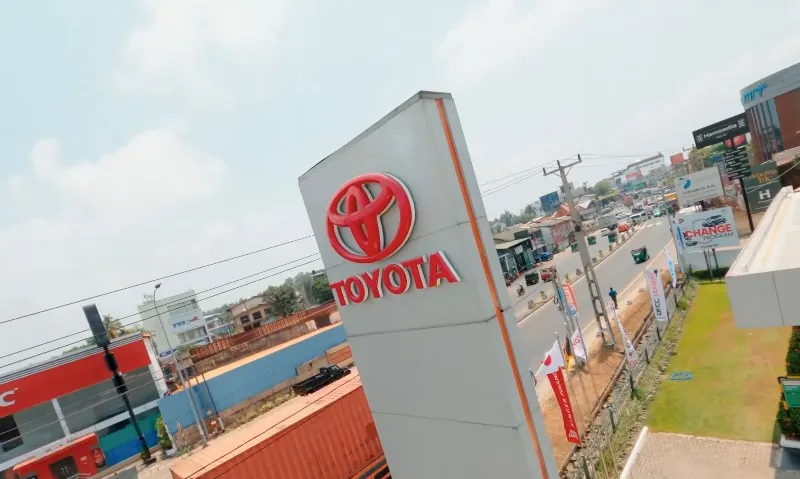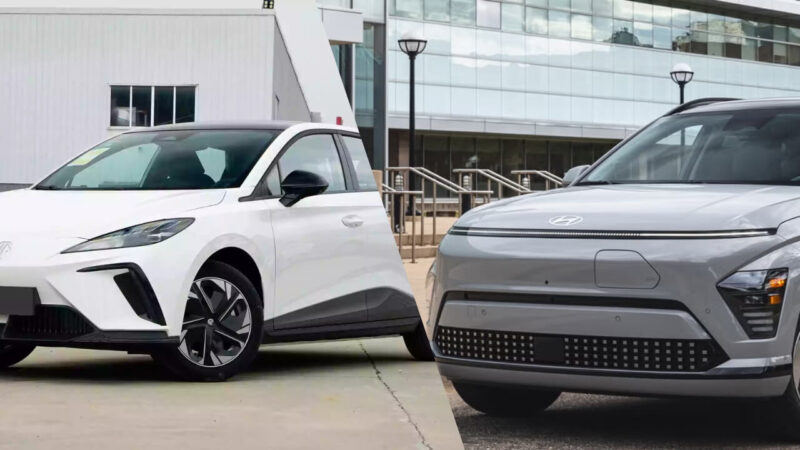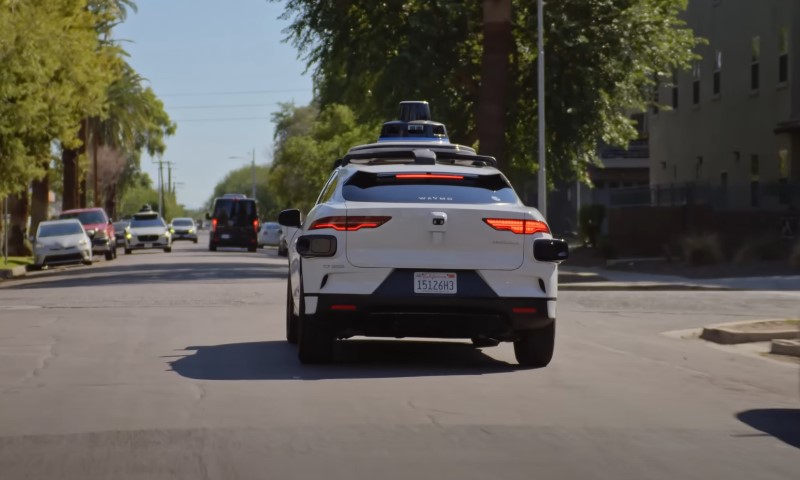
Share Post:
By 2025, the quiet competition among states to shape autonomous vehicle (AV) regulation turned into a coordinated surge. Lawmakers in 25 states introduced 67 bills addressing everything from how self-driving systems are defined to who must sit behind the wheel – if anyone at all. The year became a benchmark in how states fill regulatory gaps left by still-unfinished federal standards.
A handful of states – Arizona, Louisiana, Montana, Nevada, and the District of Columbia – moved from drafting to actual lawmaking, enacting new AV frameworks that now guide testing and deployment.
Others debated, stalled, or saw governors block proposed bills. Together, they show a national map in motion, with policymakers fine-tuning definitions, testing permits, insurance thresholds, and reporting requirements.
Table of Contents
ToggleWhy 2025 Produced a Legislative Wave
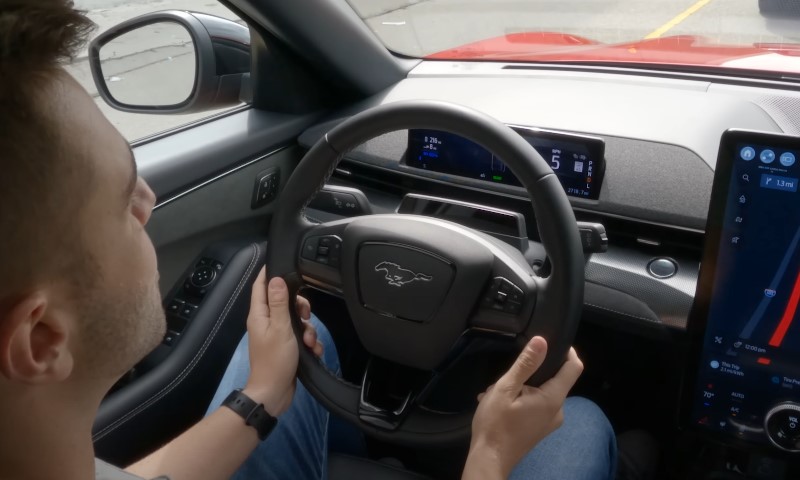
Federal rulemaking around higher-level automation continues to lag. Congressional committees held hearings and floated frameworks, but national rules for advanced automation remain incomplete. In that vacuum, state legislatures carried the momentum.
The bills of 2025 clustered around five common levers:
- Definitions rooted in the SAE J3016 standard to clarify what counts as an automated driving system (ADS).
- Permitting structures that decide who can test on public roads and how.
- Safety driver and remote operator requirements, particularly for heavy trucks.
- Insurance and financial responsibility, often above standard liability minimums.
- Transparency measures, including crash reporting and police interaction plans.
Every new bill, whether enacted or stalled, speaks to the same goal: defining the boundaries of machine-driven mobility before mass deployment begins.
The 25 States Active in 2025
| # | State | Example 2025 Bill or Reference |
| 1 | Alaska | Stateline summary |
| 2 | Arizona | SB 1320 (2025) |
| 3 | California | Stateline summary |
| 4 | Colorado | Stateline summary |
| 5 | Delaware | Stateline summary |
| 6 | Illinois | HB 3044 (2025) |
| 7 | Louisiana | Act 288 (2025) |
| 8 | Massachusetts | Stateline summary |
| 9 | Montana | SB 67 (2025) |
| 10 | Nevada | SB 395 (2025) |
| 11 | New Jersey | A5919 (2025) |
| 12 | New Mexico | State Capitol Lobbyist Roundup |
| 13 | New York | Stateline summary |
| 14 | Pennsylvania | SB 1044 (2025) |
| 15 | Virginia | Stateline summary |
| 16 | Washington | Stateline summary |
| 17 | Maryland | State Capitol Lobbyist Roundup |
| 18 | Missouri | HB 1166 (2025) |
| 19 | Texas | HB 3837 (2025) |
| 20 | Connecticut | SB 1377 (2025) |
| 21 | Tennessee | SB 0310 / HB 1168 (2025) |
| 22 | Indiana | HB 1377 (2025) |
| 23 | Oregon | HB 2671 (2025) |
| 24 | Oklahoma | HB 2297 (2025) |
| 25 | North Dakota | HB 1614 (2025) |
States That Enacted New AV Laws
Several states moved beyond proposals and actually passed autonomous vehicle laws in 2025, setting clear rules for testing, safety, and enforcement.
Arizona
What passed: SB 1320 (2025) brought clarity to Arizona’s Title 28 by formally defining “automated driving system” and “autonomous vehicle.” It aligned the state’s terminology with SAE J3016 and eliminated guesswork for enforcement officers.
Why it matters: Consistency in definitions avoids confusion during stops, crash investigations, or insurance claims. It also gives permit writers a clean baseline for future testing programs.
Louisiana
What passed: Act 288 (2025) updated Title 32 to incorporate AV language into Louisiana’s existing motor vehicle code. The changes smooth out legal inconsistencies that had hindered pilot projects.
Why it matters: Harmonizing AV statutes with legacy traffic laws reduces administrative delays and clarifies which agencies hold enforcement power.
Montana
What passed: SB 67 (2025) created the Montana Automated Driving Systems Act, authorizing AV operation on public highways. The bill granted the Department of Transportation regulatory authority and set reporting duties for operators.
Policy texture: Supporters emphasized opportunity for testing and rural freight innovation, while critics called for stronger oversight and clearer limits on operational domains.
Nevada
What moved: SB 395 (2025) reexamined Nevada’s operator-presence rules. The bill narrowed the conditions under which human supervision is required, moving the state closer to fully driverless testing in defined areas.
Context: Nevada’s financial responsibility framework, often requiring $5 million in liability coverage, remains one of the toughest in the country. SB 395 sits atop that foundation, balancing risk with innovation.
District of Columbia
What passed: D.C. advanced a law reinforcing safety requirements for city-based AV pilots. The act refines how driverless vehicles interact with pedestrians and cyclists in dense traffic.
Why it matters: As one of the few urban areas with legal AV operation, D.C. functions as a testing ground for pedestrian-heavy environments, shaping urban AV design nationwide.
- In dense urban environments like D.C., legal liability around autonomous and micromobility collisions is also becoming a larger concern. Firms such as Michael Kelly Injury Lawyers are closely following how AV testing affects bicycle and pedestrian safety claims.
States with Vetoes or Stalled Bills
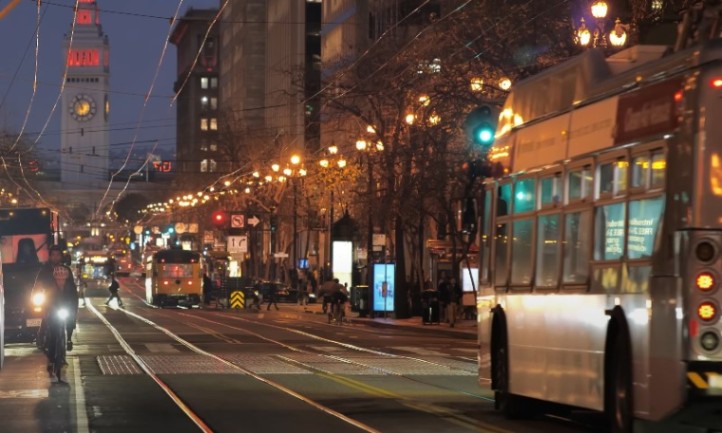
Not every proposal made it through in 2025. Some faced vetoes, others stalled in committee, showing how divided lawmakers remain on how far and how fast autonomous testing should go.
Colorado
The governor vetoed a bill mandating that any commercial AV have a human driver on board. The decision highlighted tension over automation in heavy freight – some lawmakers wanted human-in-loop oversight, while others viewed it as a barrier to progress.
Virginia
A bill defining “high-risk AI systems” sought to exempt autonomous vehicle software from its scope but was vetoed. The result left AV policy in limbo, illustrating how AVs straddle transportation and AI governance frameworks.
Carryovers and Pending Measures
Several states, California, Illinois, Massachusetts, New Jersey, New York, and Pennsylvania, continued debate into late 2025. Alaska, Delaware, and Washington carried over earlier drafts to the 2026 sessions.
- California: Active proposals included SB 511 (insurance and permit reform) and SB 480 (indicator lamps for ADS status). AB 33 restated permit requirements and limited heavy-vehicle testing to 10,001 pounds unless specially authorized.
- New York: Bills A4901 and S7956 proposed frameworks for driverless operations and set higher scrutiny for vehicles over 10,001 pounds.
- Pennsylvania: Through SB 1044 and updated guidance (Publication 950), the state refined its approach to driverless testing and connected systems.
What the Laws Actually Change for Testers
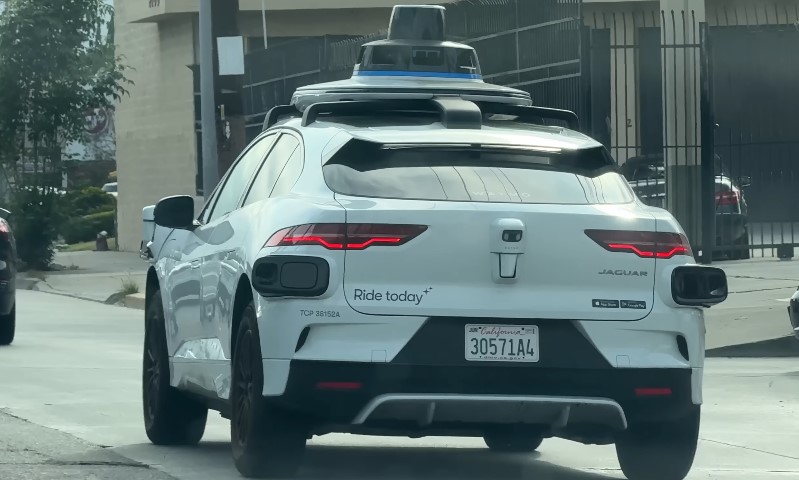
State lawmakers updated definitions and rewrote the ground rules for how companies test, insure, and report autonomous vehicle operations.
1. Permits and Who Can Test
Every state handling AV testing now relies on a formal permit process. Applications usually include:
- Vehicle description and operational design domain.
- Proof of insurance or self-insurance.
- Safety case or technical documentation.
- Law-enforcement interaction plan.
- Reporting procedures for crashes or disengagements.
2. Safety Drivers and Remote Operators
Rules vary widely:
- Some states allow fully driverless testing under defined conditions.
- Others require a human safety driver, especially for heavy vehicles.
- Remote operations – where an off-site human monitors and can intervene – are increasingly written into statutes.
3. Insurance and Financial Responsibility
Many states now demand coverage above ordinary liability minimums. Nevada’s multi-million-dollar threshold is cited as the upper bound. The logic is straightforward: high-risk innovation requires strong financial safeguards.
4. Reporting and Transparency
Most 2025 bills strengthened the requirement to share operational data. Common themes include:
- Mandatory crash and disengagement reporting.
- Law-enforcement interaction plans explaining how to stop or communicate with an AV.
- Signaling devices (like California’s proposed ADS lamp) to show when automation is active.
Compliance Checklist for 2026 Pilots
| Compliance Area | What Most States Expect | Example Reference |
|---|---|---|
| Definitions | Use SAE-consistent terms for ADS and AV | Arizona SB 1320 |
| Permit | Apply to DMV or equivalent before public-road testing | California DMV framework |
| Safety Driver Scope | Confirm whether driverless operation is allowed | Nevada SB 395; NY A4901 |
| Insurance | Maintain elevated liability coverage (often $1–5M) | Nevada’s existing framework |
| Reporting | File crash/disengagement reports and LE plans | California, New York bills |
| Vehicle Class Rules | Check for weight-based restrictions | California AB 33 limits to ≤10,001 lbs |
Policy Examples That Defined 2025
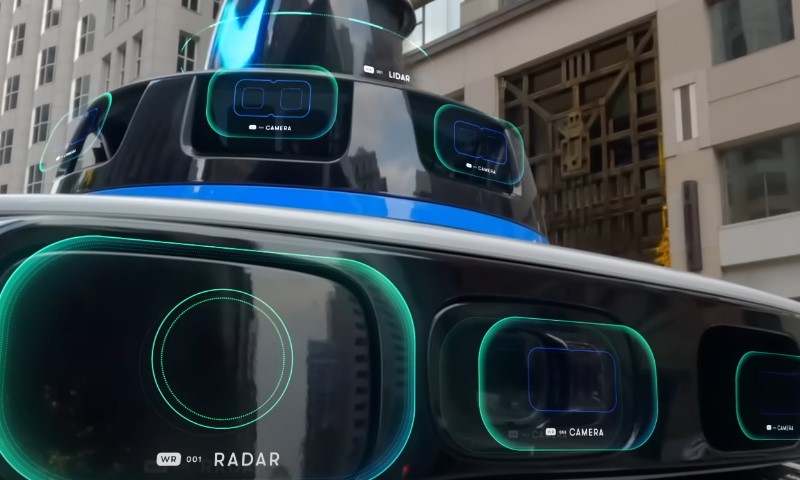
Several 2025 laws stood out for shaping how states approach autonomous vehicle testing, each showing a distinct policy strategy in action.
A. Definition-First: Arizona
Arizona’s definitional update is more than a legal housekeeping move. By locking its terminology to SAE J3016, the state ensured every agency, officer, and insurer works from the same playbook. That clarity speeds up permitting and dispute resolution.
B. Insurance as a Safety Proxy: Nevada
Nevada’s multi-million-dollar coverage floor works as a behavioral filter. Only serious, well-capitalized players can test there, which implicitly enforces safety discipline.
C. Heavy-Vehicle Oversight
Several states are tightening control over Class 8 trucks. Bills in California, Colorado, and New York each explored some level of human presence requirement. Regulatory consensus is forming around stricter standards for heavier vehicles.
D. City-Led Pilots: New York City
In 2025, Waymo began testing in Manhattan and Brooklyn under close supervision. The pilot requires a safety driver at all times and reporting to both city and state regulators. It’s a model for high-density AV operations where pedestrians and delivery vehicles dominate.
Where the 2025 Bills Converge
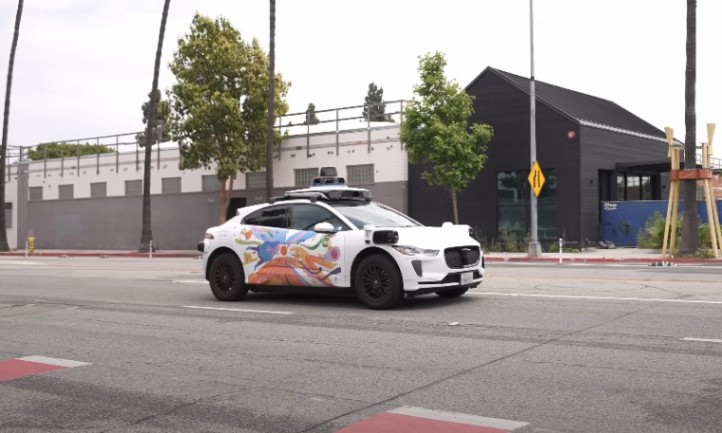
Despite the diversity of political climates, five policy constants appear:
- Permit-first access before any public-road testing.
- Higher insurance minimums than ordinary vehicles.
- SAE-aligned definitions of ADS and AV.
- Tiered driverless authority, stricter for heavy vehicles.
- Transparent reporting and police procedures.
Those common threads form the emerging national norm for AV testing governance.
What Changed on the Ground
- Predictability improved. Companies can now map their safety cases against consistent statutory language.
- Transparency expanded. New rules shrink the space for quiet, undocumented pilots.
- Heavy vehicles got extra scrutiny. Lawmakers are wary of driverless trucks mixing with human drivers.
- City–state layering grew. Municipal authorities increasingly add their own oversight to state laws, as seen in New York City and D.C.
Testing Rules by Policy Theme
State lawmakers approached AV regulation from distinct angles, yet several themes define how testing now operates across jurisdictions.
Definitions and Scope
Nearly every 2025 statute now references SAE J3016 to draw a clear line between driver assistance and true automation. Arizona’s statute illustrates the new norm: concise, standardized, and directly enforceable.
Permit and Oversight
Applicants must disclose operational design domains, describe failsafe systems, and coordinate with emergency responders. California’s permit model still sets the benchmark for documentation depth.
Safety Drivers and Remote Operations
States are splitting into two camps: some fully open to remote or driverless operation, others cautious, retaining in-seat supervision requirements. Nevada’s SB 395 and Tennessee’s SB 0310 capture both tendencies.
Insurance and Bonding
Coverage thresholds continue to climb. In states like Nevada and Pennsylvania, testing can’t start without proof of substantial liability capacity.
Reporting and Law Enforcement Interaction
States are standardizing crash-report formats and requiring LE plans that specify how an officer can identify the vehicle’s control mode, reach a remote operator, and secure a stopped AV.
2025 Highlights by Jurisdiction
| Jurisdiction | 2025 Action | Testing Focus |
|---|---|---|
| Arizona | Enacted SB 1320 | Definitions anchoring permit structure |
| Louisiana | Enacted Act 288 | Integration into existing traffic code |
| Montana | Enacted SB 67 | Broad authorization and rulemaking |
| Nevada | SB 395 advanced | Human-operator presence and liability rules |
| District of Columbia | Enacted AV statute | Urban safety and pedestrian interaction |
| California | SB 480, SB 511, AB 33 | Permit structure, signaling, heavy-vehicle limits |
| New York | A4901, S7956 | Driverless allowances under conditions |
| Pennsylvania | Pub. 950 updated | Certified driverless operations |
Using the NCSL Database
The National Conference of State Legislatures (NCSL) Autonomous Vehicles Legislation Database remains the definitive tracking tool. To verify counts or monitor updates:
- Filter by Year = 2025 and Topic = Vehicle Testing.
- Check each state’s legislative status: Introduced, Pending, Enacted, Vetoed, or Carried Over.
- Cross-reference with Stateline’s August 2025 snapshot to confirm the 25-state, 67-bill tally.
The database updates monthly, keeping agencies and researchers aligned with active developments.
The Road Into 2026
As 2026 approaches, state AV regulation has settled into a recognizable pattern built on five pillars:
- SAE-consistent definitions.
- Permit-first gatekeeping.
- Elevated insurance thresholds.
- Transparent reporting to agencies and law enforcement.
- Heightened caution for heavy vehicles.
Companies preparing for next year’s pilots will need to:
- Maintain detailed state-by-state matrices covering operator presence, permit scope, and insurance floors.
- Develop law-enforcement training materials tailored to each jurisdiction.
- Produce public transparency reports that meet emerging state expectations for crash and disengagement data.
The result is a more predictable yet more demanding landscape. For the first time, the rules of the road for autonomous vehicles are starting to look coherent across much of the United States.
Related Posts:
- New Federal Laws Targeting Self-Driving Vehicle…
- California Window Tint Laws in 2025 Explained - Is…
- Why Texas Is the Best State to Launch Your Career as…
- What’s New in the 2025 Chevy Equinox? 7 Features to Watch
- 10 Best Cars of the 2010s That Still Feel New in 2025
- Which States Have the Most Car Accidents in 2025?…



